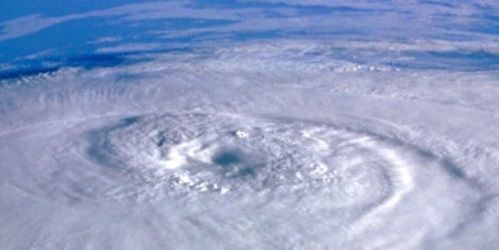$2.5 trillion of global financial assets are at risk from the effects of climate change, according to a report.
The report, produced by the London School of Economics and Political Science (LSE), the Grantham Research Institute and Vivid Economics, looks at the value at risk (VaR) associated with financial assets should global temperatures increase by 2.5°C by 2100.
This warming figure is believed by the report’s authors to be the ‘business-as-usual’ emissions path if all of the commitments made at December’s landmark Paris agreement are implemented. The summit concluded with an agreement to limit global warming to 2°C but the commitments made by countries so far are insufficient to meet this target.
The report says that climate change can damage the value of financial assets in two ways, directly or indirectly. First, it can directly destroy or accelerate the depreciation of capital assets, for example through extreme weather events.
Second, it can change (usually reduce) the outputs achievable with given inputs, which amounts to a change in the return on capital assets, in the productivity of knowledge, and/or in labour productivity and hence wages.
The $2.5 trillion of assets at risk through this business as usual scenario is equivalent to 1.8% of the value of global financial assets.
The report also found that uncertainties in estimating the ‘climate VaR’ mean that there is a 1% chance that warming of 2.5°C could threaten as much as $24 trillion, or 16.9%, of global financial assets in 2100.
“Our results may surprise investors, but they will not surprise many economists working on climate change because economic models have, over the past few years, been generating increasingly pessimistic estimates of the impacts of global warming on future economic growth,” said Simon Dietz, the report’s lead author.
“But we also found that cutting greenhouse gases to limit global warming to no more than 2°C substantially reduces the climate Value at Risk, particularly the tail risk of big losses.”
The reports authors estimate that limiting global warming to 2°C – the target laid out in the Paris agreement – would, on average, reduce climate VaR by 0.6% to $1.7 trillion.
The report also found that when factoring in the costs of making the transitioning to lower carbon economy of limiting emissions to below 2°C that climate VaR would still be 0.2% below the business-as-usual emissions path, or $2.2 trillion.
“When we take into account the financial impacts of efforts to cut emissions, we still find the expected value of financial assets is higher in a world that limits warming to 2°C. This means risk-neutral investors would choose to cut emissions, and risk-averse investors would be even more keen to do so,” said Dietz.
They argue that much of the research on stranded asset risk is focused on fossil fuel companies, and that more research needed to be done on the effects of climate on the broader economy.
Hamza Ali
